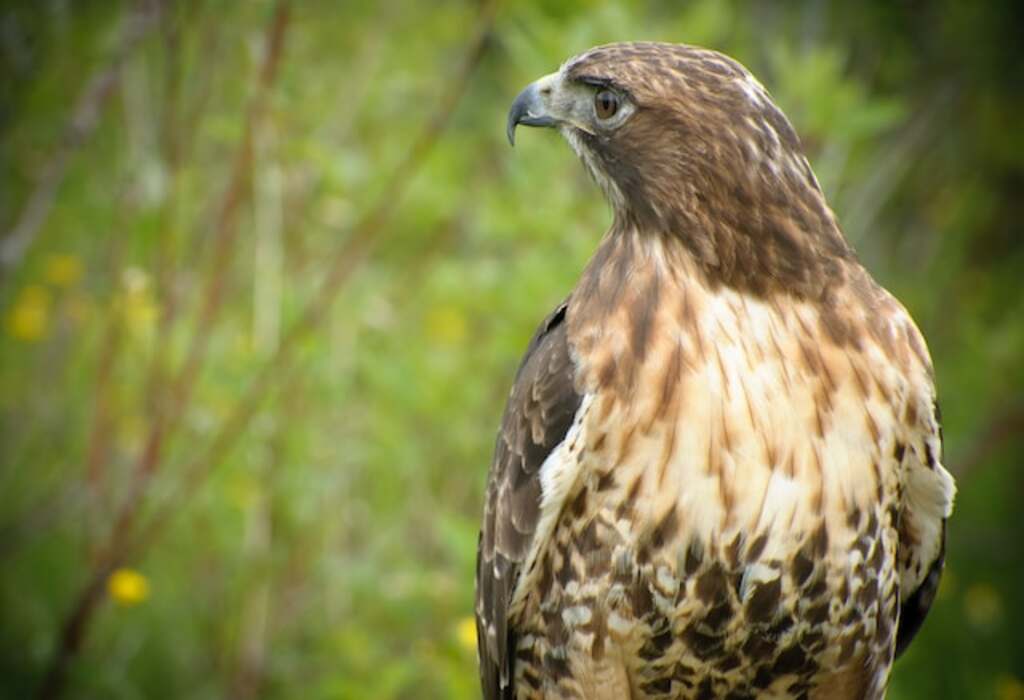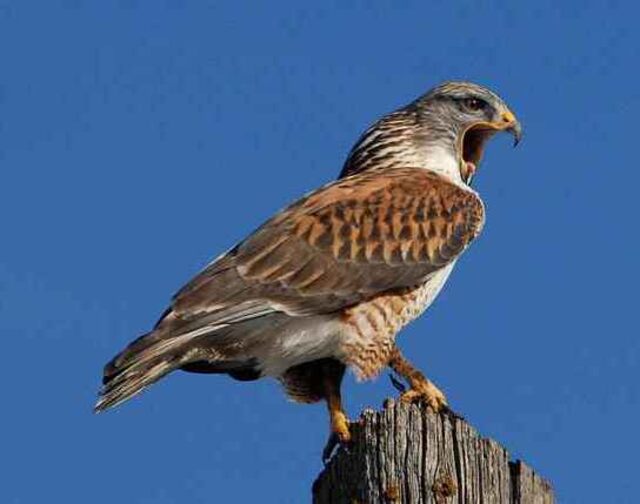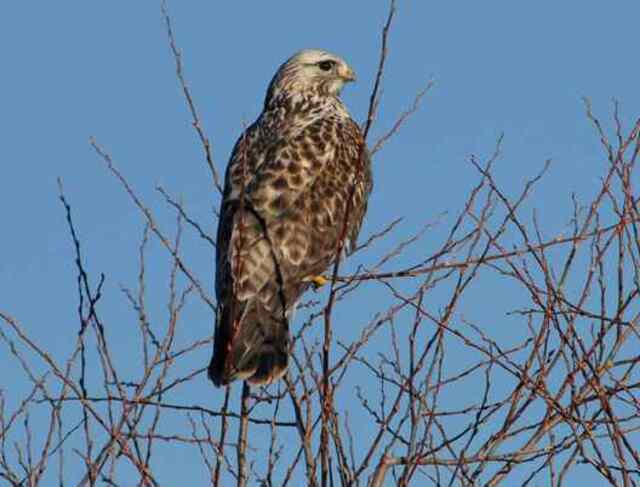Do hawks change color in the winter? Throughout the years, the plumage of hawks has sparked debates and theories. Some experts argue they undergo a winter transformation, while others dismiss it as a misconception.
In this article, we’ll dig deep into the scientific facts and evidence surrounding hawk plumage and molting.
Buckle up as we unravel the truth behind these feathered fashionistas and their survival strategies.
From blending in with their surroundings to efficient flight and hunting, hawks’ beautiful and adaptive feathers play a crucial role.
Let’s separate fact from fiction and embark on a journey to understand the factors influencing hawk plumage.
Table of Contents
- 1 Key Takeaways
- 2 Do Hawks Change Color In The Winter?
- 3 Overview of Hawk Plumage
- 4 Explanation of Molting
- 5 Which Hawk Species Change Color in Winter?
- 6 The Red-Tailed Hawk
- 7 Importance of Blending In with Surroundings
- 8 Other Hawk Species That Change Color
- 9 Factors That Influence Molting and Feather Color
- 10 The Importance of Hawk Conservation
- 11 Conclusion
- 12 Frequently Asked Questions
- 12.1 How do hawks’ color changes in winter affect their hunting abilities?
- 12.2 Do all hawk species change color in the winter?
- 12.3 What is the purpose of mottled plumage in hawks?
- 12.4 Can hawks change their feather color at will?
- 12.5 How do environmental factors like temperature and sunlight affect hawk plumage?
- 13 Author
Key Takeaways
- Several species of hawks change their plumage during the colder months, which is a crucial adaptation for survival during winter migration.
- The Rough-Legged Hawk’s plumage undergoes a transformation in the winter months from brown to white, allowing it to blend in with the snow and avoid detection by its prey.
- Ferruginous Hawks gradually lighten their plumage in winter, enabling them to blend with pale grasses. This adaptation enhances their camouflage and survival in their winter habitat.
Do Hawks Change Color In The Winter?
Yes, some hawk species change color in winter. The Rough-Legged Hawk and Ferruginous Hawk undergo plumage transformations. Rough-Legged Hawks turn from brown to white, blending with snowy landscapes.
Ferruginous Hawks gradually lighten their plumage, camouflaging with pale grasses. Other hawks may also exhibit subtle color changes.
Overview of Hawk Plumage
Hawk plumage is a fascinating subject that has garnered the interest of scientists and bird enthusiasts alike, as it provides insight into the natural world and the adaptations that allow these birds of prey to thrive in a variety of environments.
The feather structure of hawks is complex and plays a crucial role in their ability to hunt and survive.
Hawks have different types of feathers, including contour feathers that give the bird its shape and flight feathers that help them to fly.
The pigmentation variability of hawks’ feathers is also fascinating, as it can vary from species to species and even within the same species.
Some hawks have feathers that are predominantly brown, while others have feathers that are predominantly white or black.
This variability allows hawks to blend into their environment and avoid detection by predators and prey alike.
As for the question of whether hawks change color in the winter, the answer lies in the explanation of molting, which we will explore in the next section.
Explanation of Molting
During the molting process, raptors shed and replace their old feathers, which is similar to how a snake sheds its skin to grow. This process is critical for maintaining a healthy plumage and ensuring flight performance.
The molting sequence is highly specific and can vary by species, sex, and age. It typically begins with the primary feathers, followed by the secondary feathers, and then the body feathers.
The molting cycle can take several months to complete, during which the hawk’s appearance may change significantly.
Proper nutrition is essential during molting, as the bird’s demand for nutrients and energy increases to support feather growth.
Climate also plays a role in molting success, as harsh weather conditions can delay or disrupt the process. It is important to note that not all hawk species change color in the winter, and the reasons for those that do are still being studied.
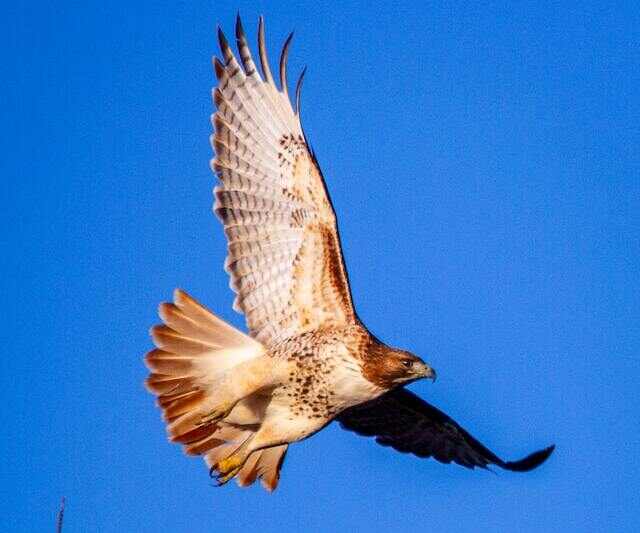
Which Hawk Species Change Color in Winter?
The alteration of plumage in some species of raptors during the colder months has been a subject of ongoing research.
Several species of hawks change their plumage, which is a crucial adaptation for survival during winter migration.
The table below summarizes the hawk plumage change phenomenon during the winter months.
The red-tailed hawk, for instance, is one of the most common hawks in North America, and it often changes its plumage from a dark brown to a pale-brown and cream color in the winter months.
The rough-legged hawk also undergoes a significant color change as it transitions from a dark brown to a mostly white plumage in the winter months.
Other notable species include the Northern Goshawk, the Cooper’s Hawk, and the Sharp-shinned Hawk.
The plumage change in these species allows for better camouflage in their winter habitats and increases their chances of survival.
Understanding the plumage change in hawks during winter migration is essential to the conservation of these birds of prey, and further research is necessary to identify the mechanisms underlying this phenomenon.
The Red-Tailed Hawk
The red-tailed hawk’s adaptation to the winter environment involves a significant alteration in its plumage.
This species of hawk is known for its striking rusty-red tail feathers, which are highly visible during the warmer months.
However, during the winter, the red-tailed hawk’s feathers become much darker, almost black in color.
This change in coloration is due to the hawk’s behavior and habitat preferences during the winter months.
Red-tailed hawks typically hunt in open areas, such as grasslands and fields, and their darker feathers help them blend in with the bare, brown landscape.
This adaptation is crucial for their survival, as it allows them to approach their prey undetected.
The importance of blending in with surroundings is essential for many species of birds and animals, as it helps them avoid predators and successfully hunt for prey.
Importance of Blending In with Surroundings
Blending in with surroundings is a crucial adaptation for many species of birds and animals, allowing them to avoid predators and successfully hunt for prey.
Camouflage techniques are employed by many animals, including hawks, to blend in with their environment and avoid detection.
Some species of hawks have evolved various survival strategies such as changing color in order to blend in with their surroundings.
These strategies not only help the hawks evade predators, but also enable them to stealthily approach their prey.
Hawks have a keen sense of sight and can easily spot their prey from great distances, but their success in hunting largely depends on their ability to blend in with their surroundings.
Other hawk species that change color in the winter include the Rough-legged Hawk and the Northern Goshawk.
These hawks have adapted to blend in with the snow-covered environments in which they reside.
Other Hawk Species That Change Color
The Rough-legged Hawk (Buteo lagopus) and the Ferruginous Hawk are two additional species of birds of prey that change color in response to seasonal changes.
The Rough-legged Hawk is a circumpolar species that breeds in the Arctic and migrates south for the winter.
During the winter months, this species develops a lighter plumage to blend in with the snow-covered landscapes it inhabits.
Rough-Legged Hawk
Like a chameleon adapting to its surroundings, the Rough-Legged Hawk’s plumage undergoes a transformation in the winter months.
This species of hawk, also known as the Rough-Leg or Roughie, has a unique behavior of changing the color of their feathers from brown to white during the colder months.
Their hunting techniques also change during this time, as they rely on their keen eyesight to spot prey from a distance.
Rough-Legged Hawks prefer open habitats, such as tundra, grasslands, and marshes, where they can soar and hover to search for small mammals like voles, mice, and lemmings.
The transformation of their feathers is a remarkable adaptation to the harsh winter conditions, allowing them to blend in with the snow and avoid detection by their prey.
To emphasize this point, consider the following table:
Ferruginous Hawk
The Ferruginous Hawk (Buteo regalis) undergoes a fascinating adaptation during the colder months. Although it doesn’t experience a complete change of color, this hawk species exhibits a gradual lightening of its plumage.
This transition allows it to blend in seamlessly with the pale grasses of its habitat, ensuring effective camouflage during winter.
The subtle color shift of the Ferruginous Hawk showcases nature’s remarkable ability to adapt and thrive in different environments.
| Hawk Species | Color Change during Winter | Purpose/Adaptation |
|---|---|---|
| Rough-Legged Hawk | Brown to white | Blending with snow-covered landscapes to avoid detection by prey |
| Ferruginous Hawk | Gradual lightening of plumage | Blending with pale grasses of habitat for effective camouflage during winter |
| Red-Tailed Hawk | Some subspecies show lighter plumage in winter | Provides better camouflage in the winter environment |
| Rough-Legged Buzzard | Brown to white | Camouflage with snow-covered surroundings during the winter months |
*Please note that the extent and details of color change can vary among individuals and populations of these hawk species.
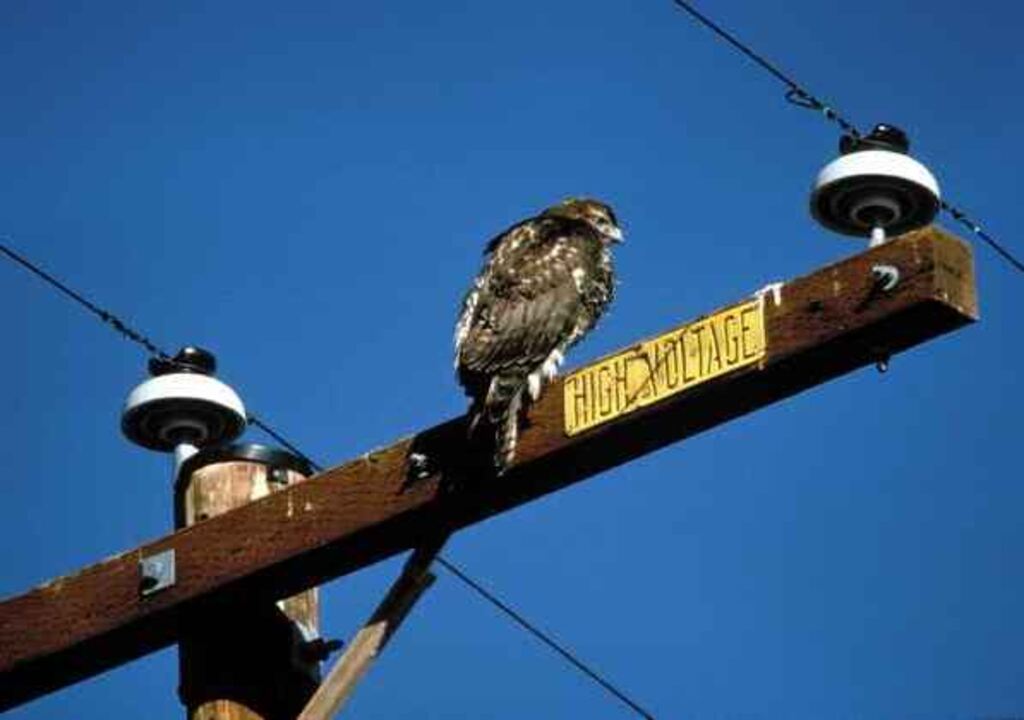
Factors That Influence Molting and Feather Color
Factors influencing molting and feather color are complex and can be influenced by a variety of environmental and genetic factors.
Molting is a process of feather replacement that occurs in birds, and it can be influenced by factors such as age, sex, and reproductive status.
Feather pigmentation genetics also play a role in determining feather color, as some birds have the ability to change the color of their feathers based on environmental conditions.
Additionally, the presence or absence of certain pigments, such as carotenoids, can also influence feather color.
Understanding the complex factors that influence molting and feather color in birds can provide important insights into their biology and ecology, and can inform conservation efforts aimed at protecting these species and their habitats.
As we move into the next section about the importance of hawk conservation, it is clear that preserving these magnificent birds and their habitats requires a deep understanding of their biology and the factors that influence their survival.
The Importance of Hawk Conservation
Preserving the habitats and populations of hawks is crucial for maintaining the biodiversity and ecosystem functioning of their respective environments.
Hawk conservation is vital because these birds of prey play a significant role in controlling populations of rodents and other small animals that can cause damage to crops and carry diseases.
Additionally, hawks are indicators of a healthy ecosystem and their presence or absence can serve as an early warning system for environmental changes.
Habitat preservation is essential for maintaining healthy hawk populations, as these birds require large areas of open space to hunt, nest, and raise their young.
Without sufficient habitat, hawk populations can decline rapidly, leading to a loss of biodiversity and ecosystem functioning.
Therefore, it is important to continue efforts to protect and conserve hawk habitats, and to raise awareness of the importance of these magnificent birds.
In the following section, we will explore the natural adaptations of hawks and how they have evolved to survive in their environments.
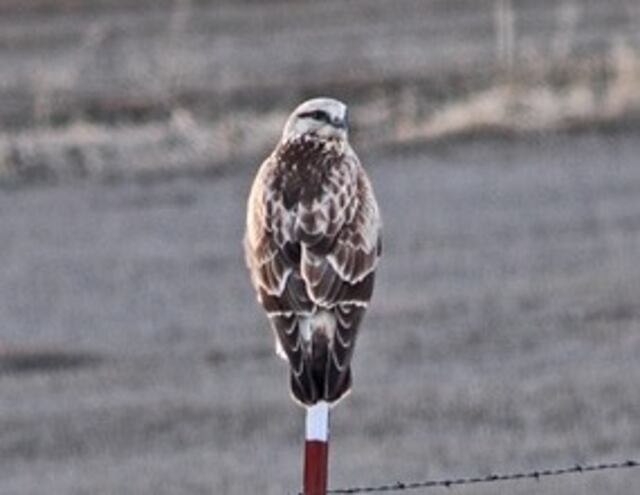
Conclusion
Hawks are majestic birds of prey that are admired for their striking plumage. Molting is a natural process that occurs in all birds, including hawks, and it involves the shedding and replacement of old feathers with new ones.
Certain hawk species, such as the Red-Tailed Hawk, experience a change in feather color during the winter months to better blend in with their surroundings.
Blending in with the environment is essential for a hawk’s survival, as it allows them to remain hidden from predators and prey.
Other hawk species that change color include the Rough-Legged Hawk, Northern Goshawk, and Cooper’s Hawk.
Factors that influence molting and feather color include genetics, age, diet, and environmental conditions.
It is crucial to appreciate the natural adaptations that hawks possess, including their ability to change color and blend in with their surroundings.
These adaptations allow them to thrive in their habitats and contribute to the delicate balance of the ecosystem.
As such, it is important to support hawk conservation efforts to ensure their continued survival in the wild.
In conclusion, as the saying goes, ‘survival of the fittest’ and the ability of hawks to adapt to their environment is a testament to their strength and resilience in the face of nature’s challenges.
Frequently Asked Questions
How do hawks’ color changes in winter affect their hunting abilities?
Hawk camouflaging and prey detection are affected by color changes in winter. Darker feathers increase camouflage in snow, while lighter feathers allow for better detection of prey in low light. Successful hunting depends on effective use of these adaptations.
Do all hawk species change color in the winter?
The winter plumage of many raptor species is influenced by migration patterns and genetic variations. Not all hawk species change color in the winter, but those that do exhibit a range of adaptations that aid in survival and hunting strategies.
What is the purpose of mottled plumage in hawks?
Mottled plumage in hawks serves to increase camouflage effectiveness and predator avoidance. The intricate patterns and colors blend in with the surrounding environment, making it difficult for predators to detect them. This adaptation allows for greater freedom of movement and increased chances of survival.
Can hawks change their feather color at will?
It is a common misconception that hawks can change their feather color at will; rather, feather pigmentation is regulated by melanin production. Scientific studies have shown that hawks’ plumage may change slightly due to environmental factors, such as wear and tear, but not intentionally.
How do environmental factors like temperature and sunlight affect hawk plumage?
Thermal regulation is crucial for hawk plumage adaptation, as temperature can affect the thickness of feathers, ultimately affecting flight efficiency. Camouflage adaptation is also vital, as sunlight can influence the coloration of feathers for concealment from predators or prey.

